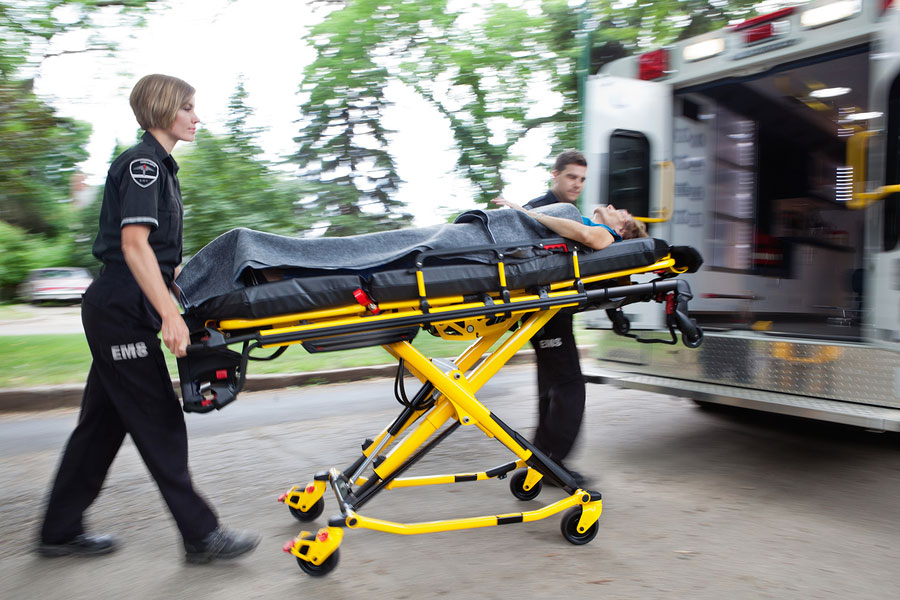Being prepared for an emergency is part of the job for most medical professionals and is critical for first responders. First responders often have to show up when people are facing great tragedies or sudden disasters.
Emergency preparedness training is not done only once; it’s an ongoing undertaking that must be revisited at regular intervals.
Here are the key things that well-trained first responders should be doing.
Preventing Casualties
The right emergency preparedness strategy before an actual emergency arises can prevent or mitigate casualties when disaster does strike. Such a policy should involve:
- Preparing to respond promptly and appropriately to different types of emergencies and disaster scenarios.
- Ensuring that the right equipment is readily available and in working order.
- Running community education programs to encourage the stocking of sufficient food, water, medication, etc., to see people through a disaster.
- Identifying areas where additional training is needed.
Coordinating with Other Agencies
Coordination between agencies is key to helping people survive serious events.
For example, during a mass shooting, police assistance will be needed to secure the scene. Attempting to coordinate things without preplanning can mean confusion, slowed response times and deteriorating injuries.
First responders need a well-thought-out, coordinated approach, which should include a clear understanding of the role each agency plays, a contact person at each agency and a communication strategy during a power outage.
Acquiring Knowledge of What to Expect
The following questions are among those that should be answered during first responder training:
- Which natural disasters are the most hazardous?
- What are the most common injuries in different kinds of disasters?
Emergencies can be overwhelming even for trained professionals, and critical thinking skills may deteriorate. Emergency preparedness ensures that first responders have the level of expertise and the right state of mind to manage a disaster.
Keeping Themselves Safe
Self-protection strategies should be part of every emergency preparedness plan, and first responders should also receive training on:
- Physical safety at a crime scene.
- Protection from angry or fearful patients.
- Minimizing the likelihood of common injuries such as heat exhaustion.
- Preventing the spread of infection.
- Psychological preparedness for dealing with traumatic scenarios.
- Obtaining mental healthcare following a mass casualty event.
Emergencies Are Inevitable
The statistics are alarming. In the U.S., one person dies of an injury every three minutes. In 2017, natural disasters affected 8 percent of the U.S. population. Mass shootings and other acts of violence are becoming more common.
Emergency preparedness can save lives, which is why we should all be thankful for first responders. Thirty percent of MedTrust‘s ambulance transports are responses for advanced life support (ALS) transportation.
Read more about our services by clicking here.

